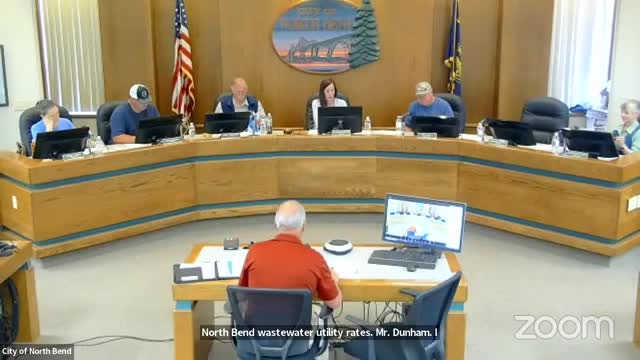Sewer system crisis looms as capacity reaches critical levels
July 31, 2024 | North Bend, Coos County, Oregon

This article was created by AI summarizing key points discussed. AI makes mistakes, so for full details and context, please refer to the video of the full meeting. Please report any errors so we can fix them. Report an error »

In a recent government meeting, officials addressed critical concerns regarding the aging sewer system, originally constructed in the 1920s. Approximately 15% of the infrastructure still consists of old clay pipes, which, while durable, are prone to significant leakage. The treatment plant, built in 1952 and upgraded to meet evolving regulatory standards, is currently operating at about 84% capacity, with solids nearing 92% capacity.
The collection system, which has an average lifespan of 70 years, is the primary focus of concern, as much of it is now over 70 years old. Officials highlighted that while the treatment system itself, constructed in 1991, has undergone upgrades, it still faces challenges due to its age and capacity constraints. The population design targets a capacity of 13,000 by 2040, raising the urgency for funding to address these infrastructure issues.
The discussions underscored the need for financial resources to ensure the system can adequately handle current and future demands, particularly as the solids management approaches critical capacity levels. The meeting emphasized the importance of proactive measures to maintain and upgrade the sewer system to prevent potential failures and environmental impacts.
The collection system, which has an average lifespan of 70 years, is the primary focus of concern, as much of it is now over 70 years old. Officials highlighted that while the treatment system itself, constructed in 1991, has undergone upgrades, it still faces challenges due to its age and capacity constraints. The population design targets a capacity of 13,000 by 2040, raising the urgency for funding to address these infrastructure issues.
The discussions underscored the need for financial resources to ensure the system can adequately handle current and future demands, particularly as the solids management approaches critical capacity levels. The meeting emphasized the importance of proactive measures to maintain and upgrade the sewer system to prevent potential failures and environmental impacts.
View full meeting
This article is based on a recent meeting—watch the full video and explore the complete transcript for deeper insights into the discussion.
View full meeting
